OB3
Entries
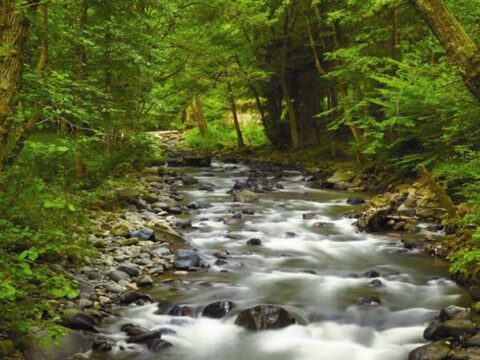
By OB3
A healthy habitat can benefit wildlife by there being no pollutants that could potentially be fatal. Even if it is very healthy it can have a negative impact. If there is a build up of nitrogen or phosphorus there can be a algae bloom which block natural light from getting in.
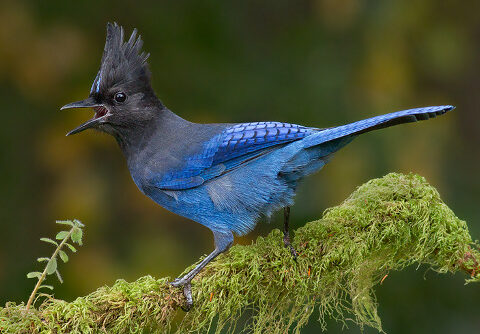
By OB3
Stellar Jays are one of most beautiful birds you may see. They are dark blue with a black head and shoulders. They are seen all through the North West in Evergreen Forests . Stellar Jays eat berries, seeds, nuts, and insects. Even though its winter the Stellar Jays are still out. These birds are incredibly smart and inquisitive.

By OB3
The Red Tailed Hawk are high on the food chain. They eat small mammals such as rabbits, mice, and other rodents. They also are able to eat some reptiles such as snakes. Their feathers are light brown, but on the bottom they are white. The easiest identifying feature is the orange-red tail feathers. Their habitats are open country place like grass fields.
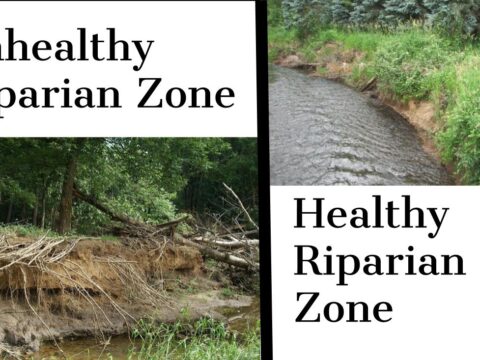
By OB3
There are many different ways a Riparian Zone affects streams. Along with them, Riparian Zone can reduce the risk of erosion. The roots systems of trees and shrubs reinforces cohesion into the soil and by providing a surface matting. Trees however, use the water from a stream to increase the drainage in the soil. That reduces the risk of bank failure, due to the heavy saturated soil.

By OB3
Other than reducing the risk of erosion and bank failure, a Riparian zone also creates a lot of habitats and help with light getting to the zone. The debris from fallen trees creates a small ecosystem for small creatures and slows down the flow of the water. When vegetation decays into the river, it creates Tannin. Tannin, helps with getting light to the habitat. Also, the shaded created by a Riparian Zone, cools down the temperature, making it easier for cold blooded creatures to live in.
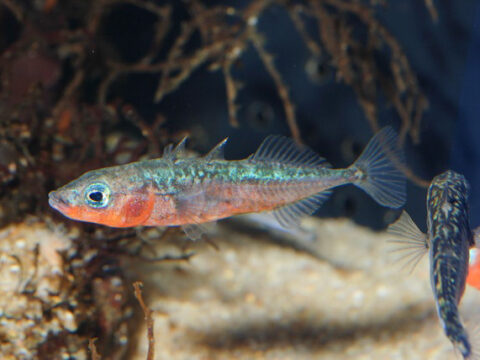
By OB3
The Three Spined Stickleback is one of the many freshwater fish. It has three spines down its back which are for defence from predators. Males have a red chest and throat while females have a silver body with brown stripes. They live in the calmer parts of rivers or streams. They eat insect larvae and fish eggs of their own species.

By OB3
The Great Blue Heron is a species that will be in any marsh, swamp, or shallow open coastline. The Heron is a blueish gray body, with a dark blue stripe down its head. They have very long legs that they use to wait until prey swims by. They then jab their spear-like beak into the water and eat the prey whole. They usually eat fish and small mammals
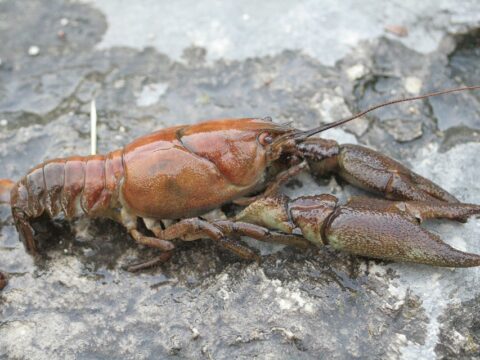
By OB3
The Signal Crayfish is the only crustacean in our local creek. Their habitats are anywhere with still-flowing water. Some examples are streams,creeks,lakes,and have been known to stand in salt water. These crustaceans are very invasive and if they reproduce can have a very large negative impact on any riparian ecosystem.
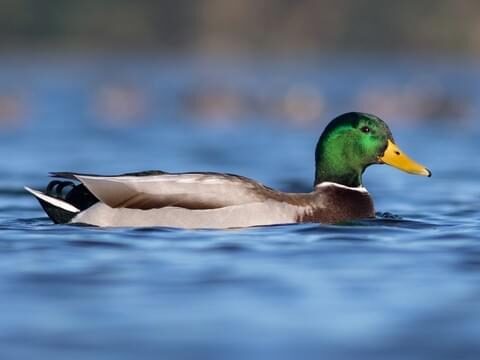
By OB3
The Mallard Duck is always a constant visitor anywhere along a marsh or wetland or a ocean. Males have a dark green head and a yellow bill. Females are brown with blue feathers under their Wings. They eat the seeds of aquatic plants, seeds, stems, and insects when they are young. A great place to see them is at Beacon Hill Park or Bowker Creek.

